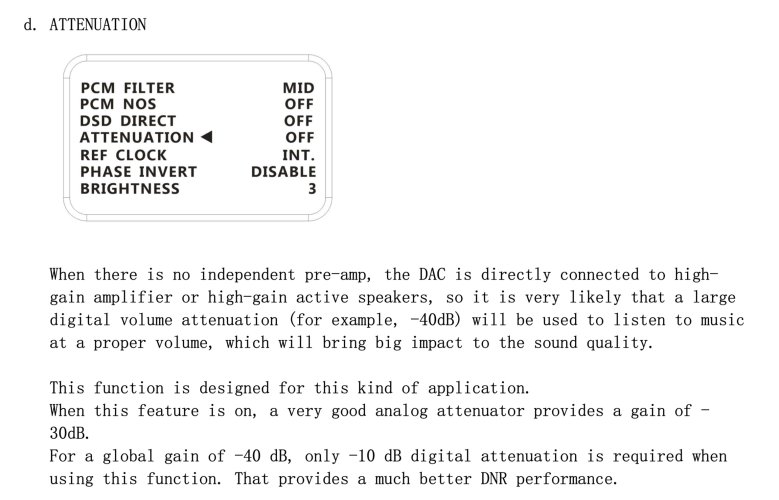Your understanding is solid. There is alot to go into here, but I’ll attempt to give you a solid short answer.Hello all,
Its been fascinating wading through a 300+ page topic on what seems like a pretty special DAC and I was hoping someone could assist with a couple of technical(ish) questions re the R26 DAC
So my understanding of r2r dacs are that bit wise they’re limited due to the technical challenges of getting precise resistors above 20 bits, I believe the higher end denafrips as well as the HOLOs are 24 bit DACs. Firstly I, for the life of me cannot find the bit rate of the R26 even though I’m sure I used to see 20+1 bit (the plus one being the DSD Processor) in the marketing description. Can someone confirm.
Secondly provided the r26 is a 20 bit DAC and I’m listening to music at a 24 or 32 bit rate I’m assuming those additional bits when played on a 20 bit track are just ignored. Is that correct? What affect does that usually have on the music? Is the information carried in those last 4 or 12 bits superfluous to the music and the most important bits of information are in the first 20 or 16 bits?
Thanks everyone
Converting the signal to noise ratio of the R26, we land at about 16bit.
So when you listen to a 24bit or 32bit resolution track, those remaining bits are truncated (quantization noise), then noise shaped to the higher frequencies outside of the audible band.
It’s important to know that bit depth is about noise. The difference between bit depths is not the accuracy of a waveform, but the limit before digital noise interferes with the signal. You can’t hear a difference in bit depths themselves. What you hear is less noise from the higher bit rate.
In the analog world, a 22bit depth exceeds the capabilities of the best audio A/D and D/A converters as well as human hearing.
A snr of 120db equals 20bits. Some of the best equipment is barely capable of 16bit. The second best measured DAC ever on ASR was the Gustard x26 with a snr of 122db.
Where these higher rates come into play is in the digital realm. A 32bit signal sent to a Dac (like the R26) first hits oversampling, interpolation and the digital filters. The higher digital bit rate can help these processors by preventing noise due to roundoff errors (quantization noise)
Does it?
Turn on NOS on the R26, bypass all the filters and hear the difference.
Last edited:





















 ). And in China, where copying and reverse engineering are not only normal but a science and an art. Therefore I think its understood there will be hiccups along the way, especially their first try integrating a streamer on their DACs. Rest assured other Chi-Fi brands will follow suit (except for Matrix). But for now, as shown by the results, their gamble paid off.
). And in China, where copying and reverse engineering are not only normal but a science and an art. Therefore I think its understood there will be hiccups along the way, especially their first try integrating a streamer on their DACs. Rest assured other Chi-Fi brands will follow suit (except for Matrix). But for now, as shown by the results, their gamble paid off.